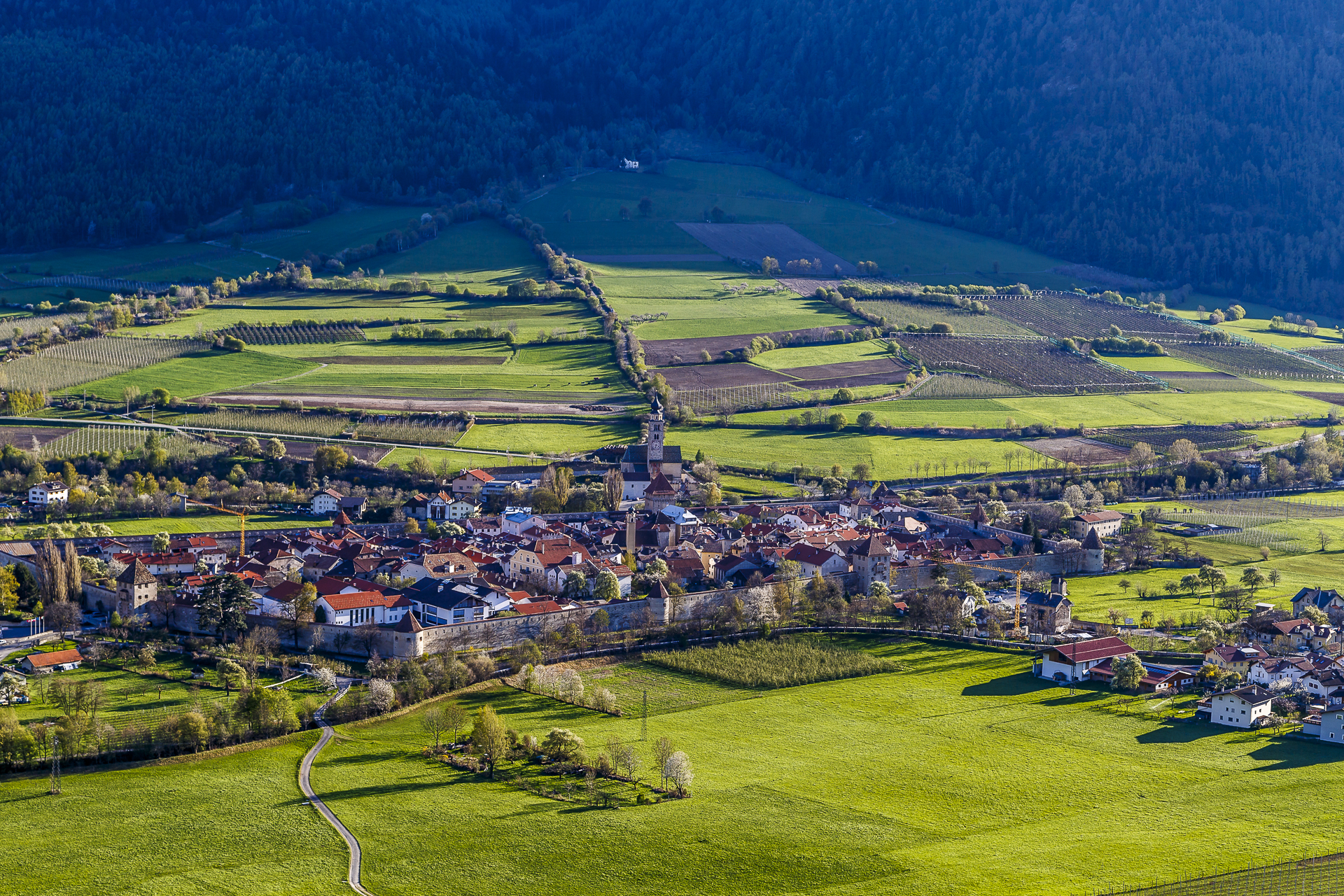
Glurns: Visiting the smallest town in South Tyrol
A collective murmur goes through the Postbus. “Ugh, can we fit through this?” a grey-haired lady in front of us asks her somewhat worried-looking companion. I myself focus spellbound on the gate of the city of Glorenza that appears in front of us. Hold your breath, squint your eyes and then breathe a sigh of relief. Managed! The post bus driver skilfully manoeuvred us through. But it was precision work. I would not have expected that after the panoramic ride from Zernez through the Swiss National Park and over the Ofen Pass, there would be such a bottleneck five minutes before the finish. And as soon as we are through the gate, I look back in the direction from which we came. “What a pretty place it is and why were the city gates already dimensioned for post buses in the Middle Ages?”
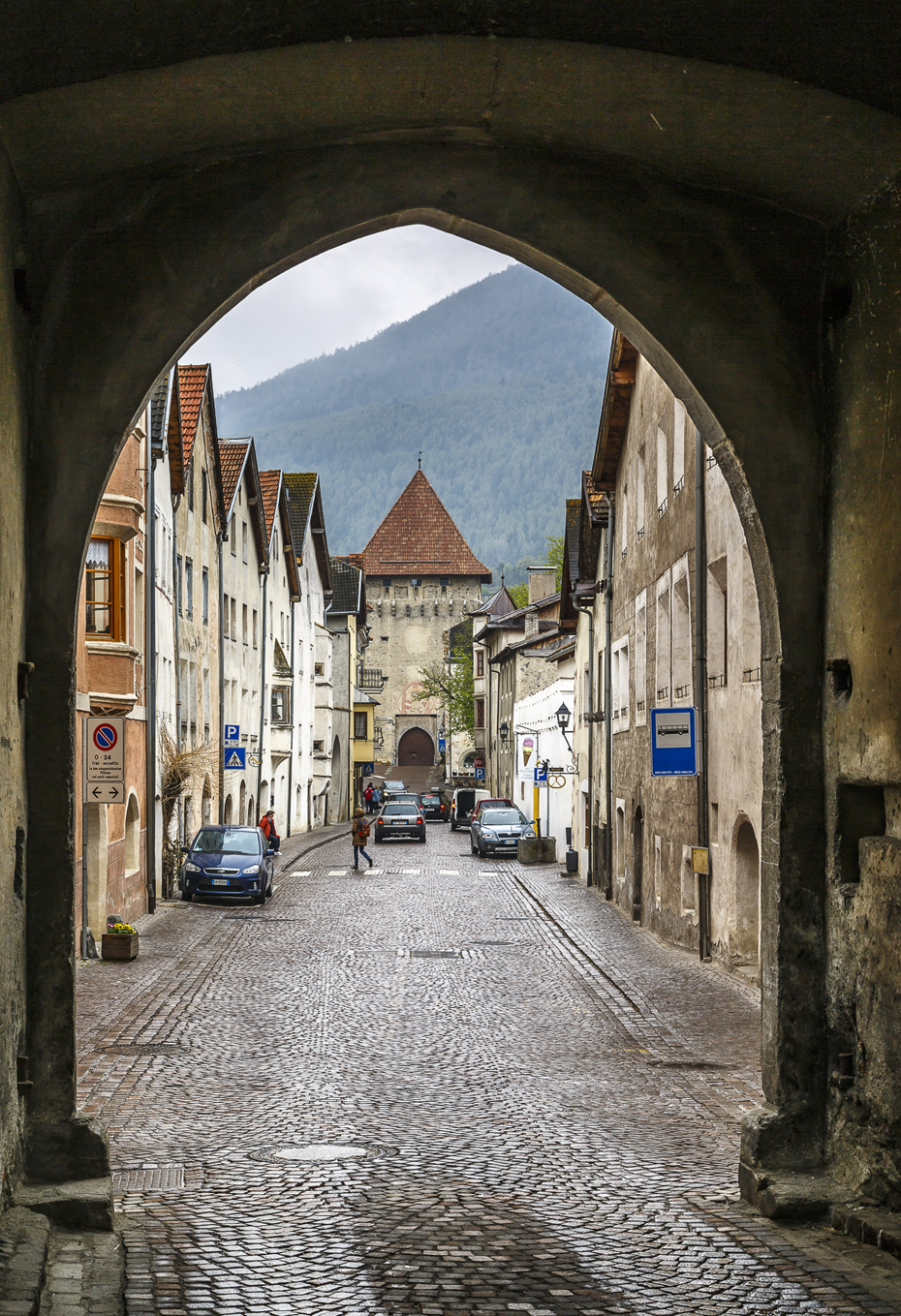
Two years have passed since that moment. Two years in which my thoughts have wandered to this small town in the Vinschgau Valley from time to time. It takes barely thirty seconds to drive through the city centre from the Tauferer Tor to the narrow point at the Malser Tor. Enough time to get in touch with this medieval-looking city through the post bus window.
And now, two years later, I am spared the bottleneck for the time being. We leave the post bus at the Tauferer Tor to take a closer look at the smallest town in South Tyrol.
Insights into the smallest town in South Tyrol
The still completely preserved city wall, which protects Glorenza, was built by Emperor Maximilian I in the 16th century. Of course, it was not known at the time that Postbuses would one day drive through these narrow streets. But the wide carts used to transport the goods to the thriving city were about the same width. But the history of Glorenza goes back even further and is closely linked to the history of the neighbouring Swiss Münstertal. The first settlement was the village of Glorenza in the western part of today’s town between the Adige Bridge and the Malser Tor. This village was under the jurisdiction of the Bishop of Chur. In defiance of the bishops of Chur, Duke Meinhard II founded the town of Glorenza right next to the village of Glorenza and granted it market rights in 1291. Even though nothing is visible of the former city walls today, the buildings bear witness to the different eras. On the one hand, there are the barns and randomly placed individual buildings in the former village of Glorenza, and on the other hand, east of the town square – today’s link between the lower and upper town – the arcades with noble town houses that line the new street built by Count Meinhard.
If you visit Glorenza, the first thing you do is go to the Sluderno Gate Tower. There, the exhibition “Stations of a Small Town” over three floors offers an interesting insight into the eventful history of the place. A formative personality in modern times was Paul Flora, who was born in Glorenza. In cooperation with other committed citizens, he has been instrumental in driving forward the redevelopment of Glorenza. Since the city as a whole is a listed building, renovation projects are not always easy to implement. But the effort has paid off and today the old façades envelop innovative and forgiving housing projects.
But in places it is still crumbling and that is exactly what makes Glorenza so charming. It is not a museum, but a city that lives. If you have half a day, you will have enough time to discover every corner of Glorenza. It’s worth it. There is a lot to see in the narrow streets. Among other things, an old town mill, farms and blooming backyards.
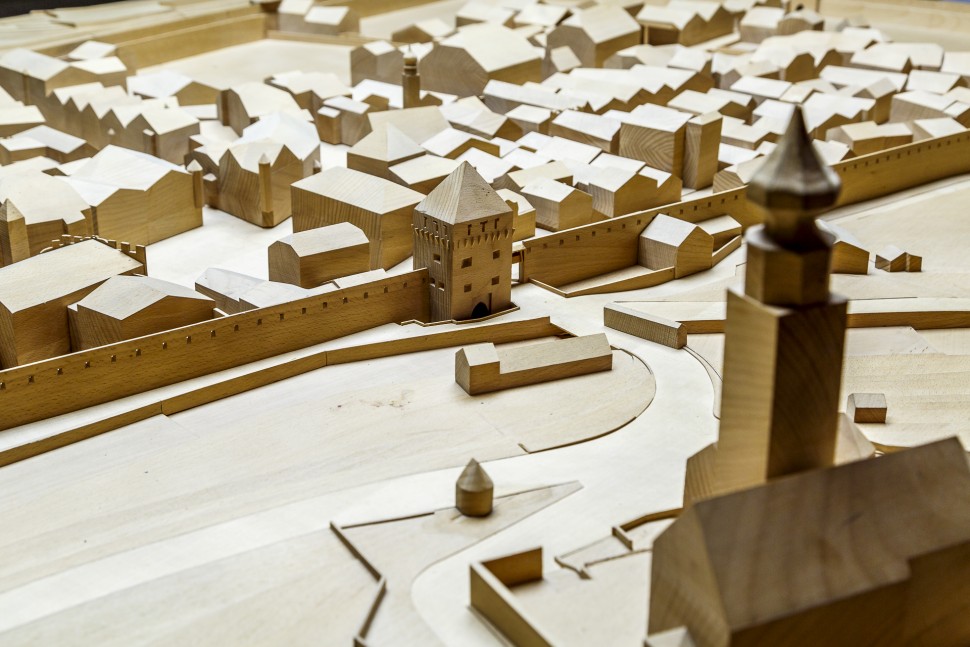
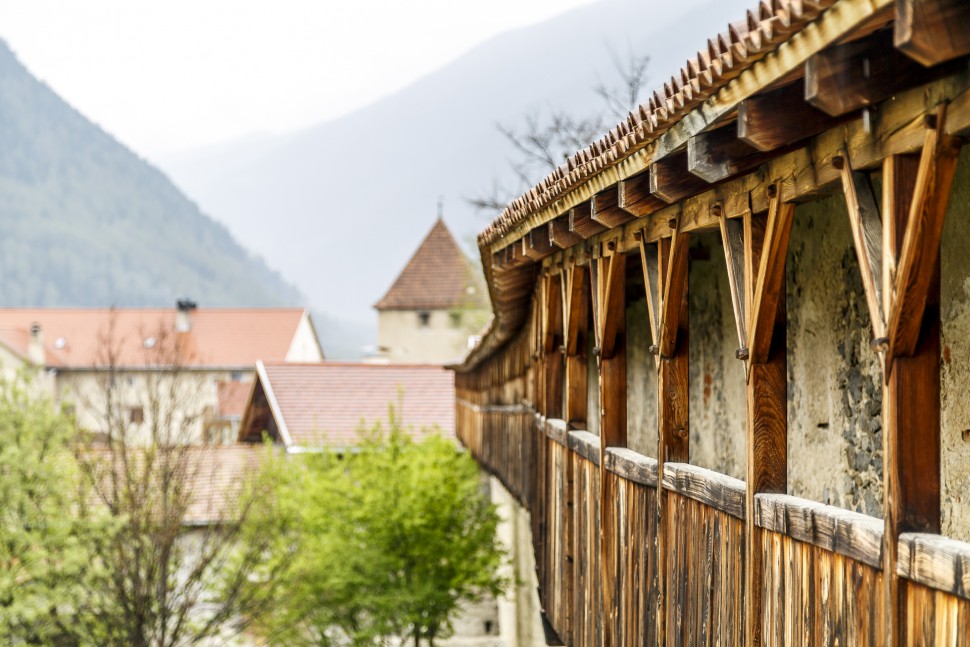
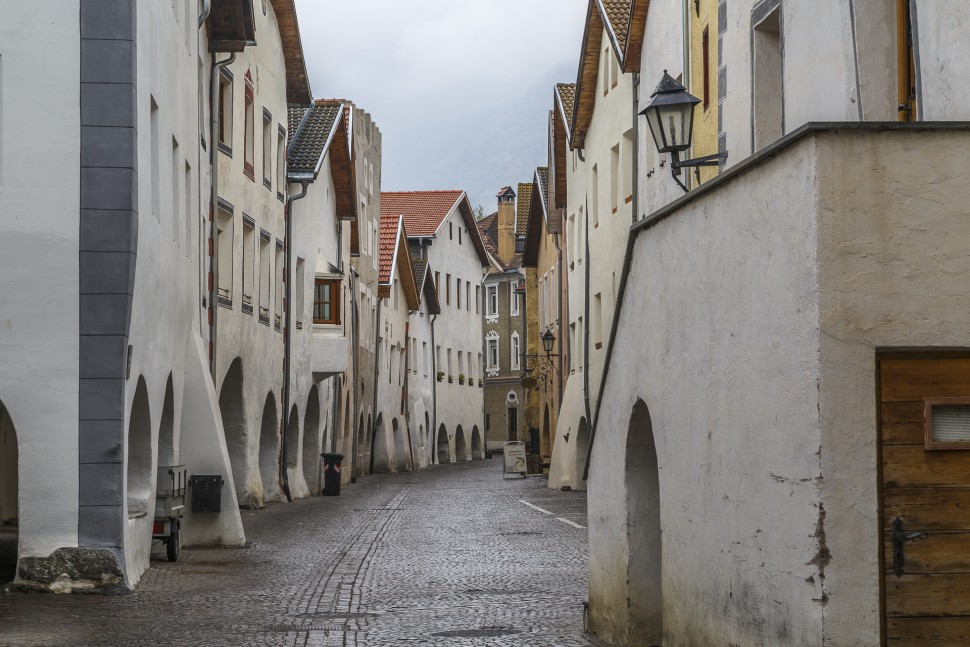
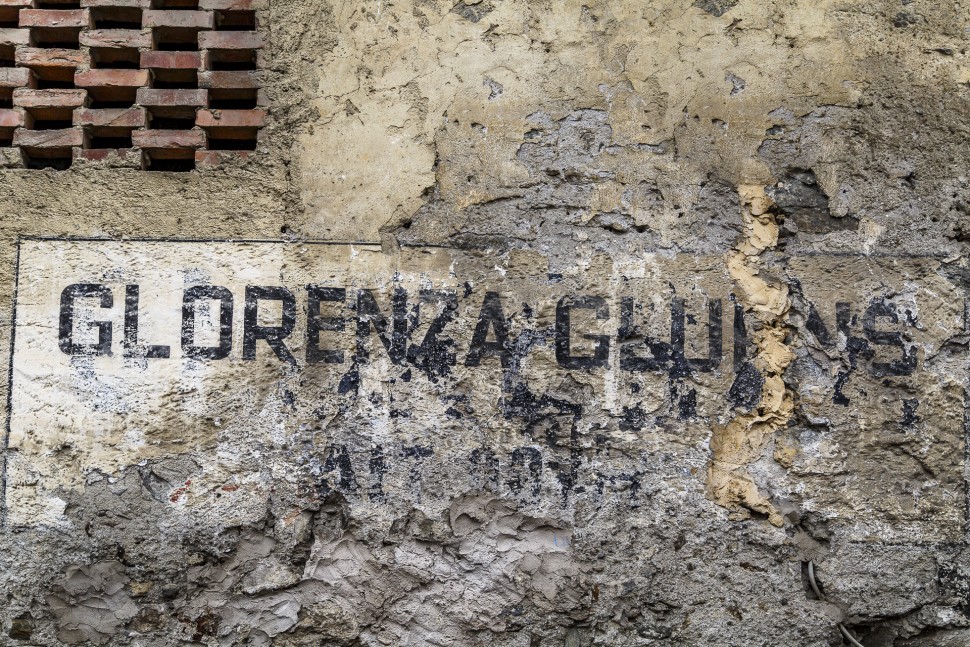
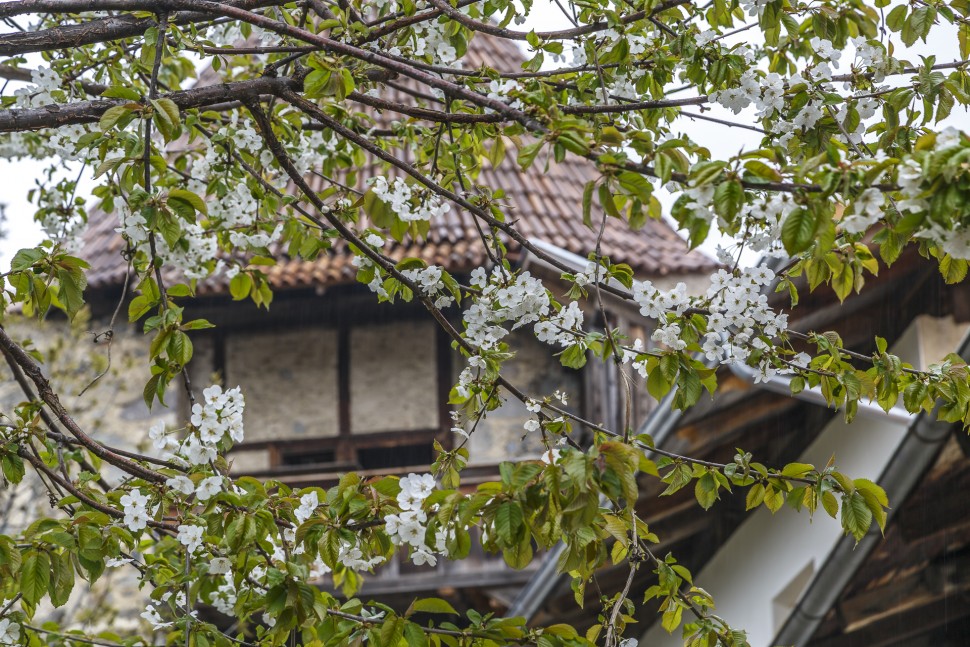
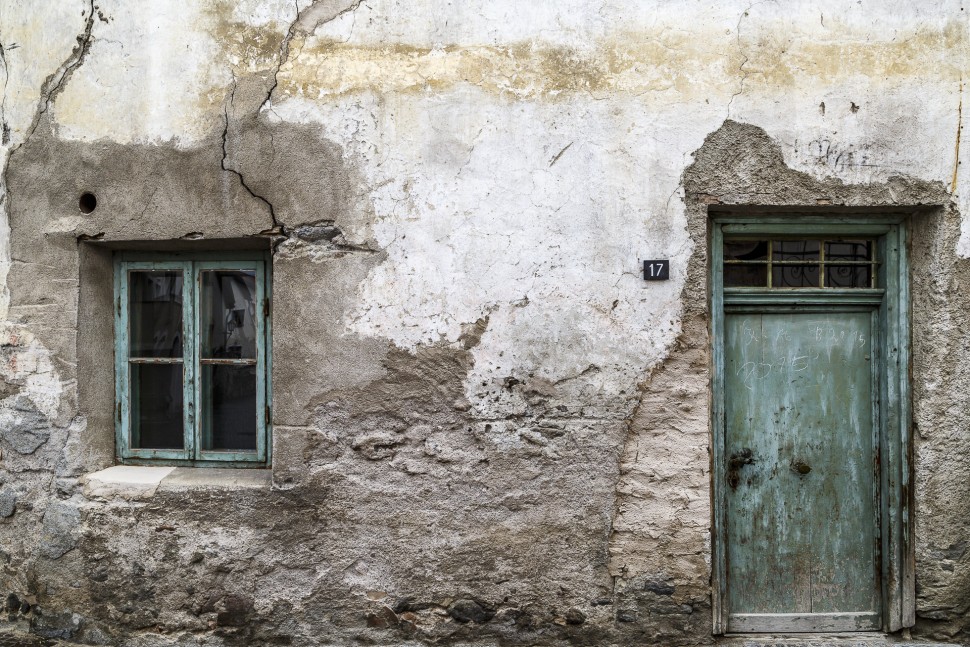
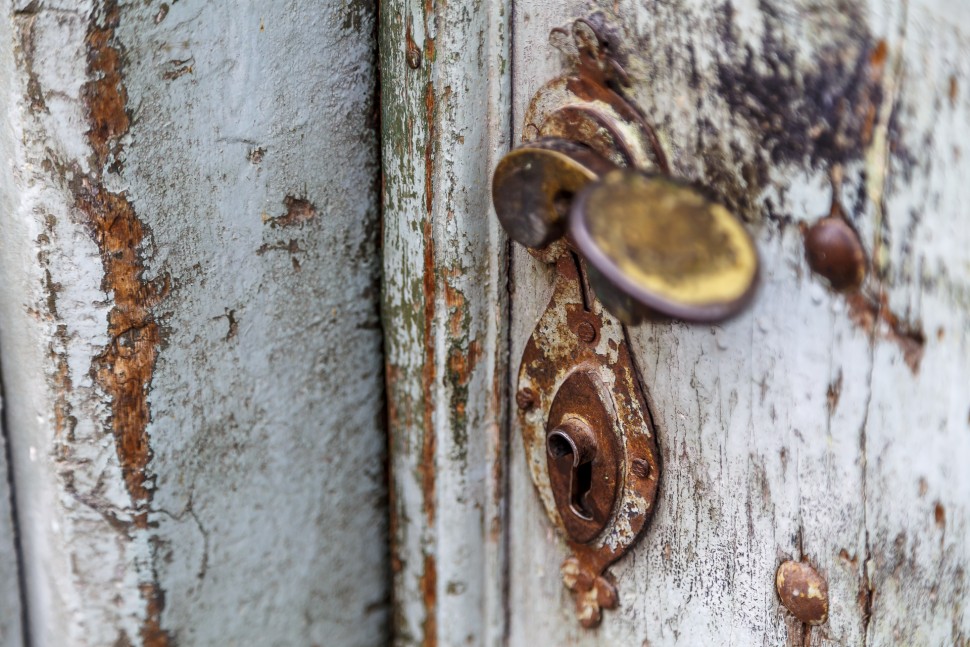
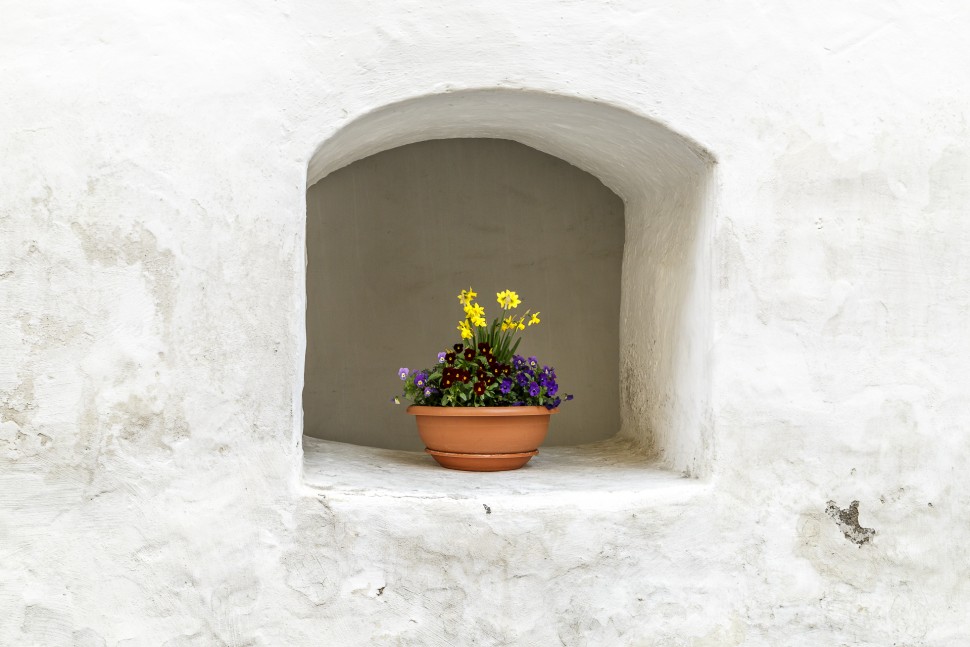
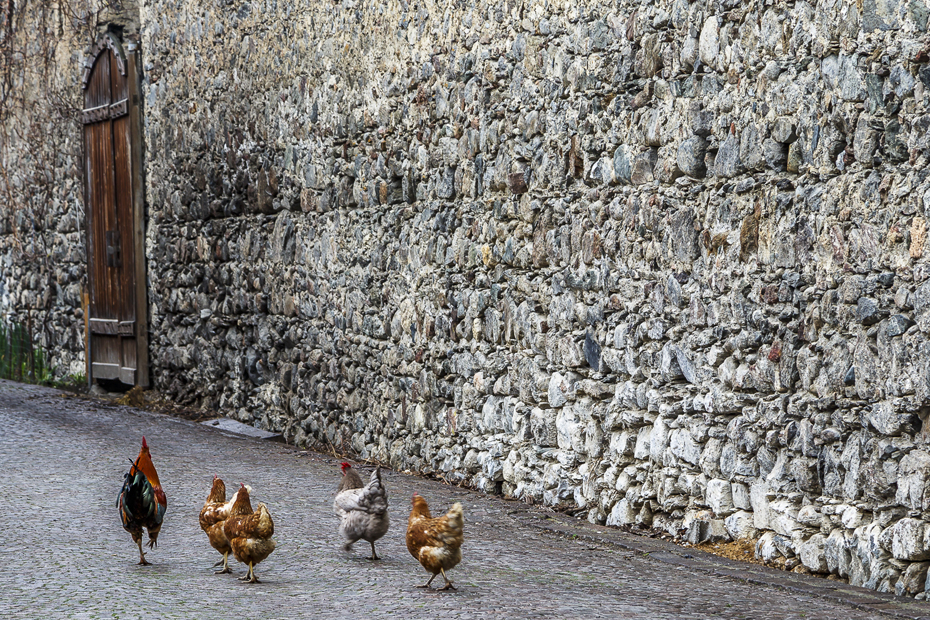
Two kinds of grain in Glorenza
Tradition and innovation are exemplified by two companies in Glorenza. On the one hand, there is master baker Alois Riedl, who explains to us how the people of Val Venosta preserved their bread in earlier times. The former breadbasket of Tyrol has one drawback – the constant wind. He blew a bacillius contained in the earth through the whole valley. The grain infected with it pulls strings to such an extent that it is hardly edible. To avoid this, the bread was baked small and thin and dried in airy racks. The so-called Vinschger Paarl is a tasty bread that, among other things, is the perfect addition to a hearty snack plate.
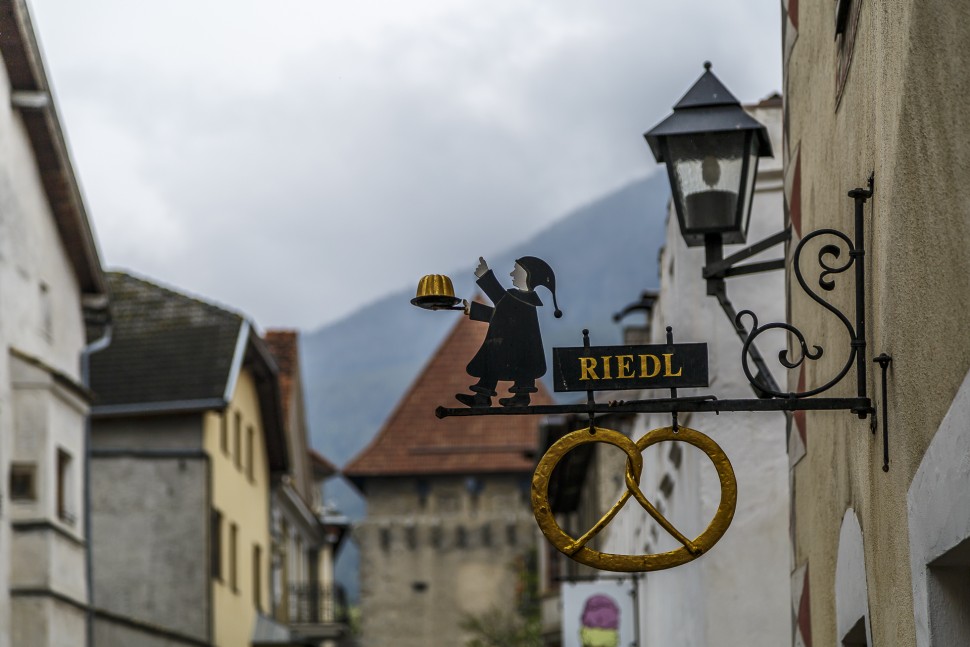
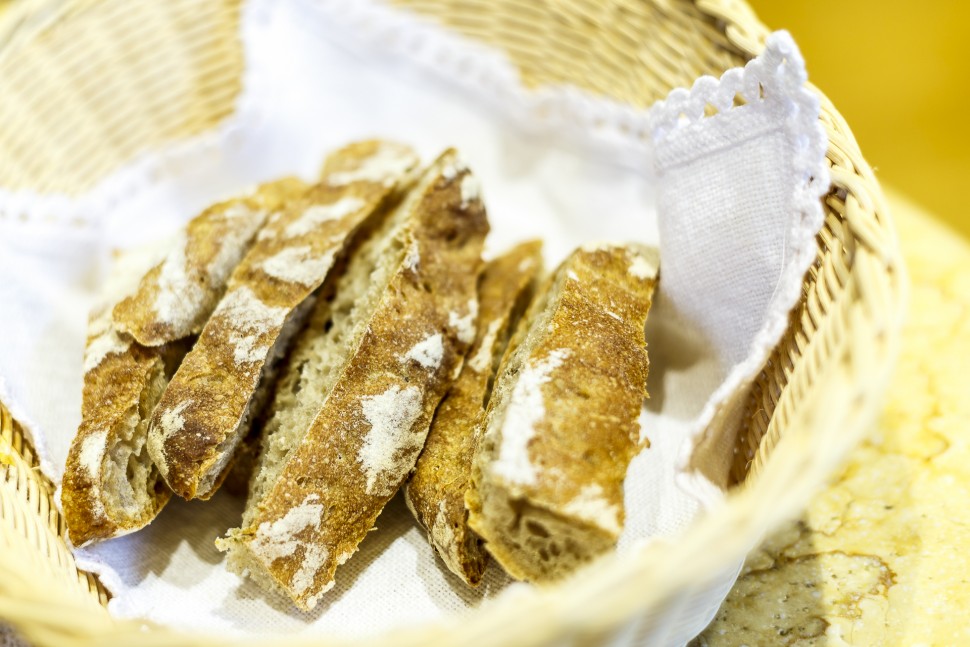
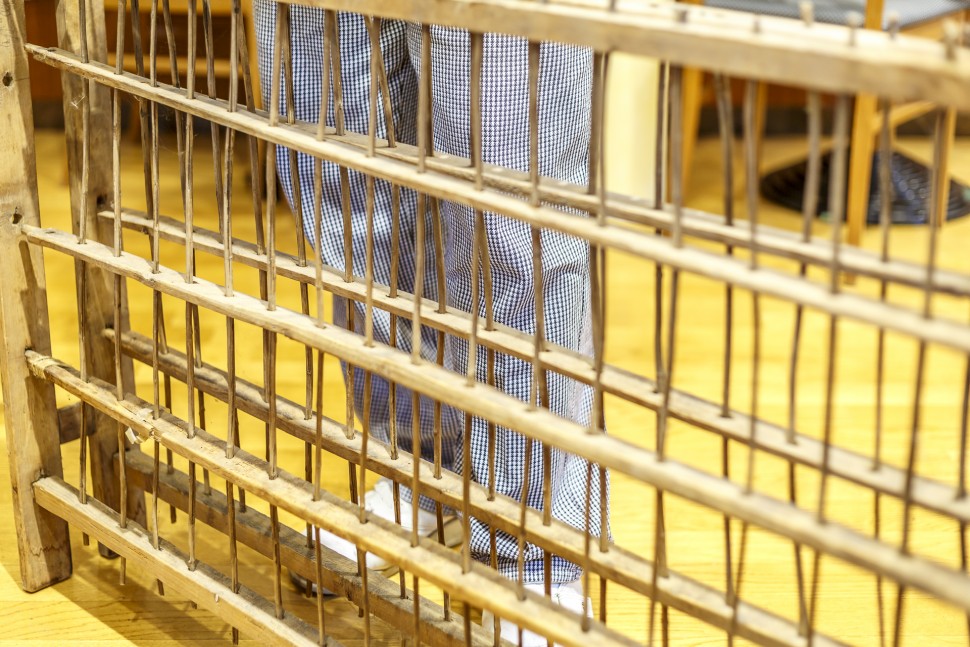
Although extensive apple orchards have largely replaced the cornfields, the old products are experiencing a revival. Using local rye and Scottish technology, the family-owned company PUNI Distillery has been working on a whisky since 2010. Successfully, mind you. The company expects a milestone this fall. In October, the first Italian malt whisky comes onto the market. However, a visit to the distillery is worthwhile only because of the remarkable building designed by the Vinschgau architect Werner Tscholl. Of course, we also tasted the distillates. It turned out that I still have to train a bit before I can appreciate the finesse of the whisky predecessor Puni Alba. On the other hand, the sweet Vinschgau Coffee Cream convinces me at first sip.
Guided tours of the Puni Distillery take place on Wednesday afternoons at 15:00 and Friday mornings at 10:00.
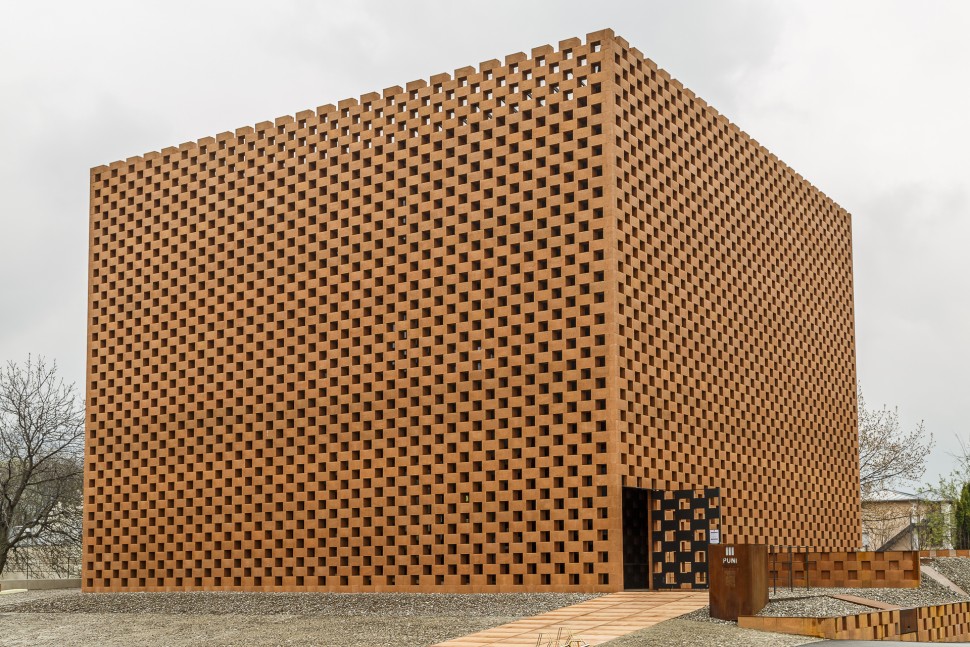
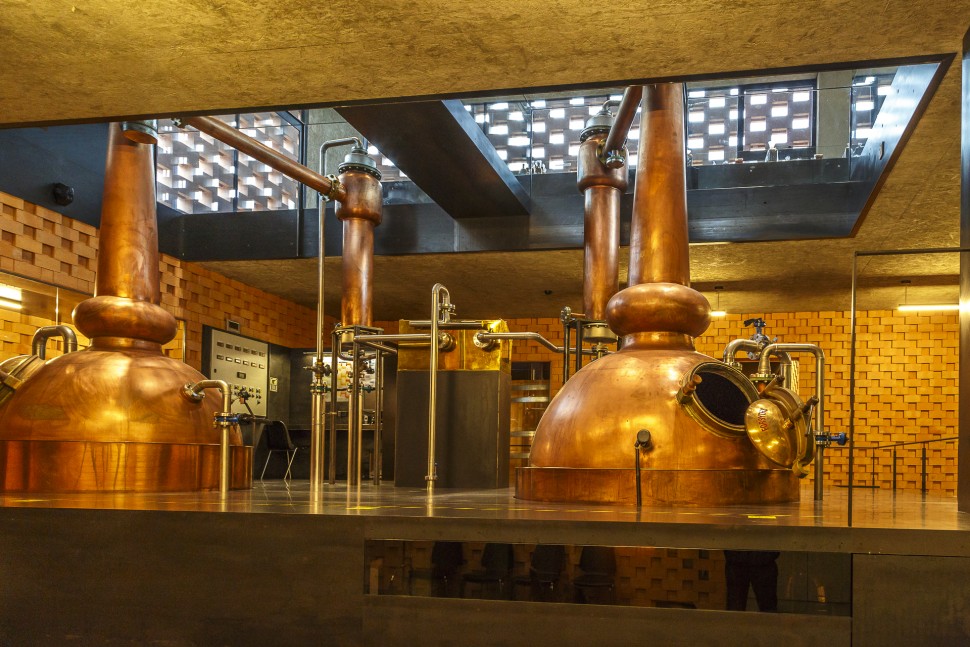
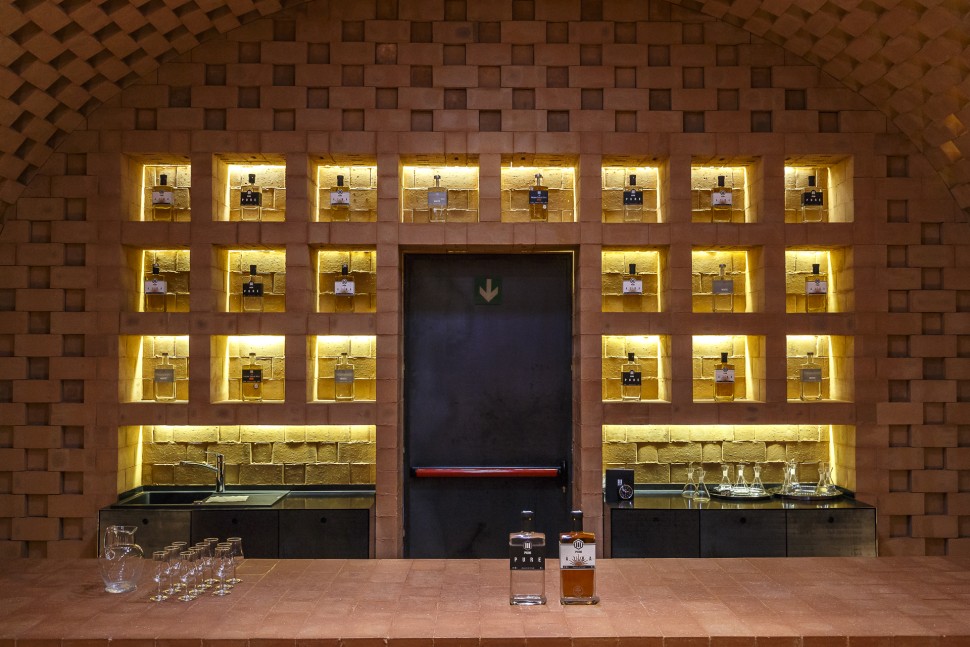
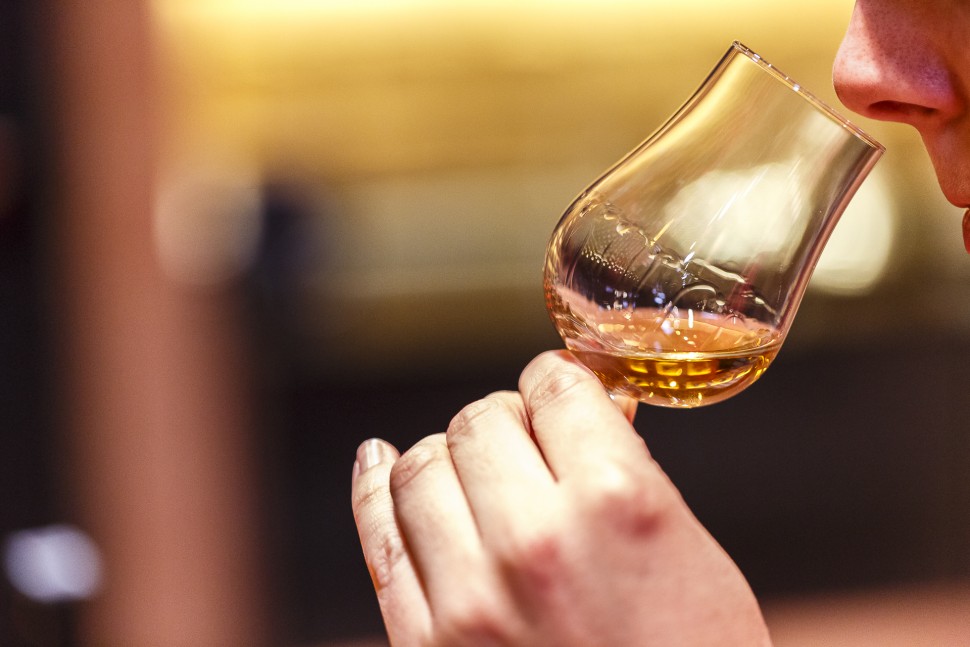
Postkartenmotive
The terminus of the Postbus connection Zernez – South Tyrol is Mal’s train station – less than five minutes after the precarious passage through the Malser Tor. This is the starting point of the Val Venosta Railway, which takes travellers via Merano to Bolzano. An ideal starting point to explore the diverse landscape of the Vinschgau Valley. To get a first overview of the valley, I recommend a detour to the Tartscher Büehl, which is located directly in front of Glorenza. The bare round hump is a striking elevation and an area shrouded in legend. A gem is the church of St. Vitus, built in the 11th century in Romanesque style. And if you sit down on a bench at the top of the hill, you can enjoy a phenomenal panoramic view of Glorenza, Malles and the Ortler Group. Even the Churburg in Sluderno can be seen from up here. At the end of the day there was an encore for us. In the BioHotel Panorama we were able to enjoy an eco panorama living room loggia. Wow! What a room, what a view and what a bathtub! I couldn’t resist.
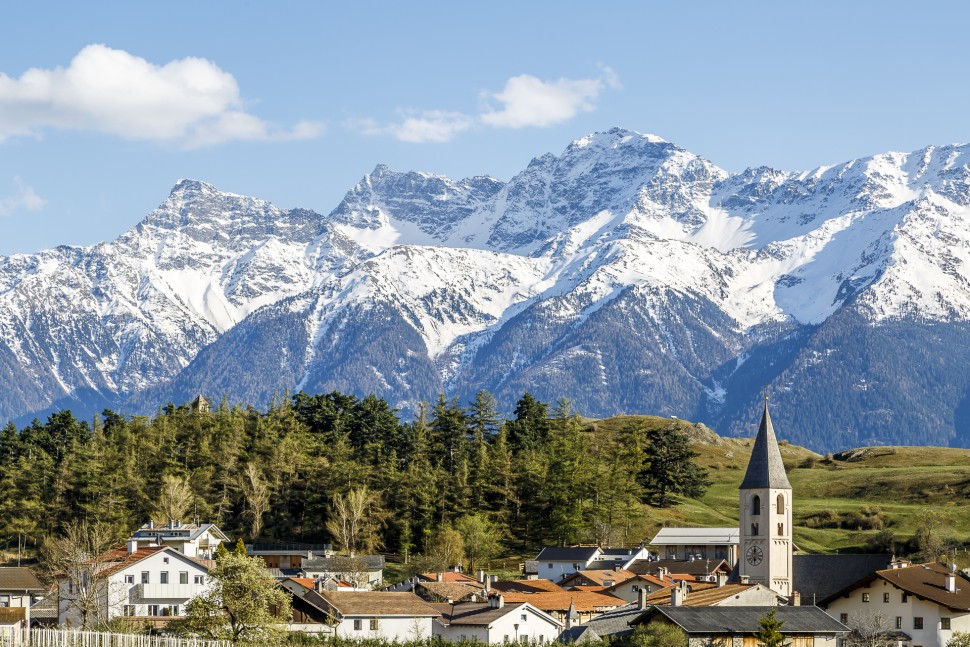
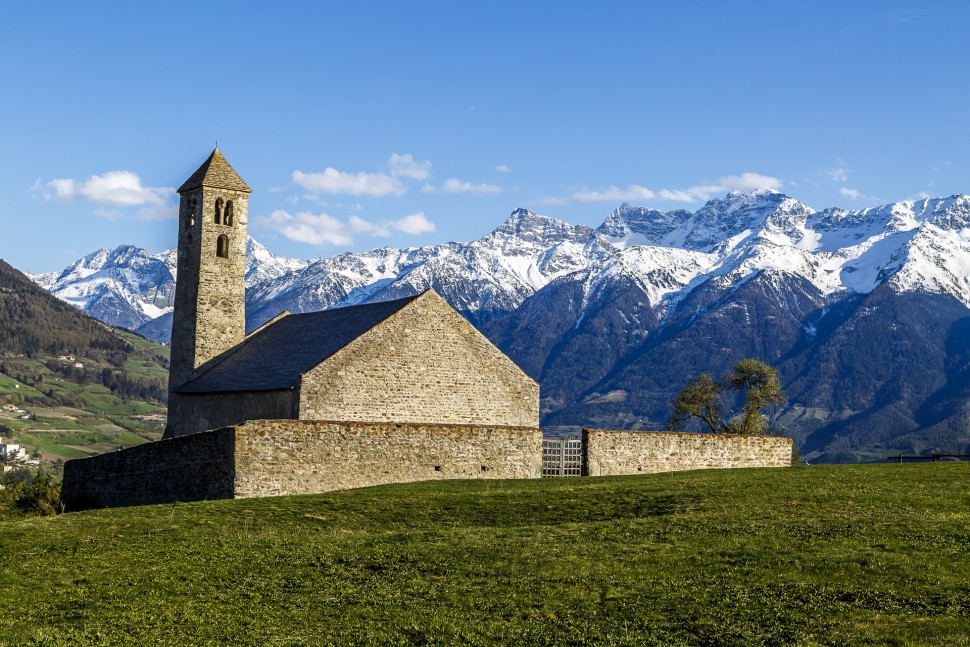
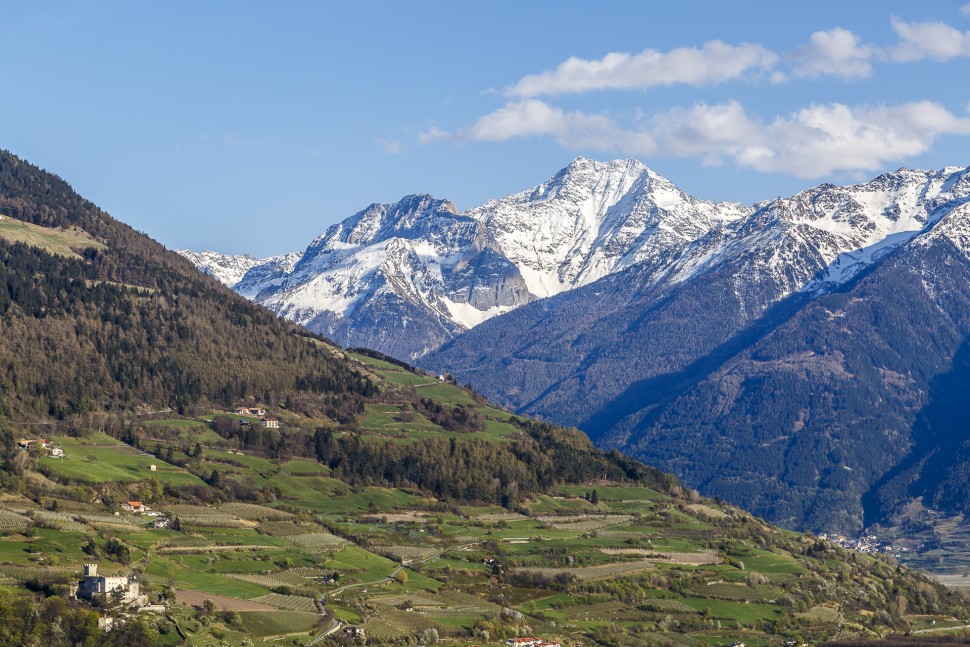
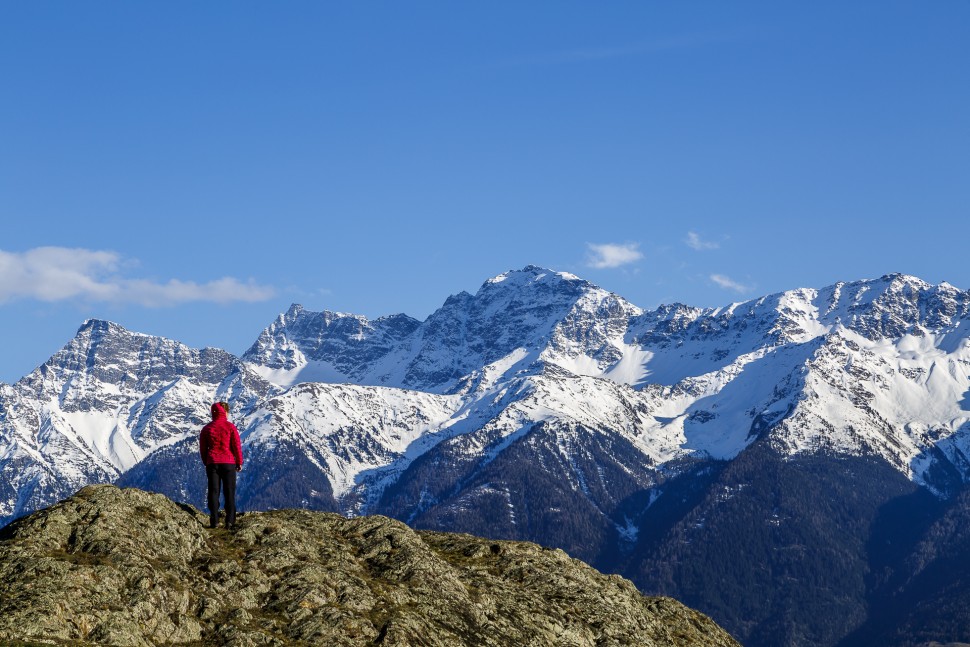
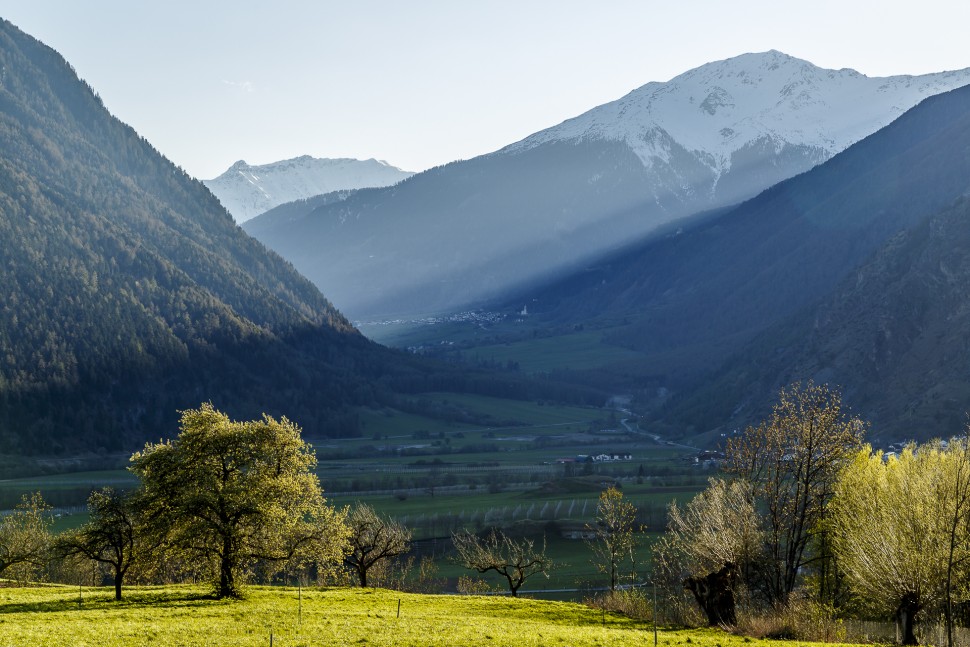
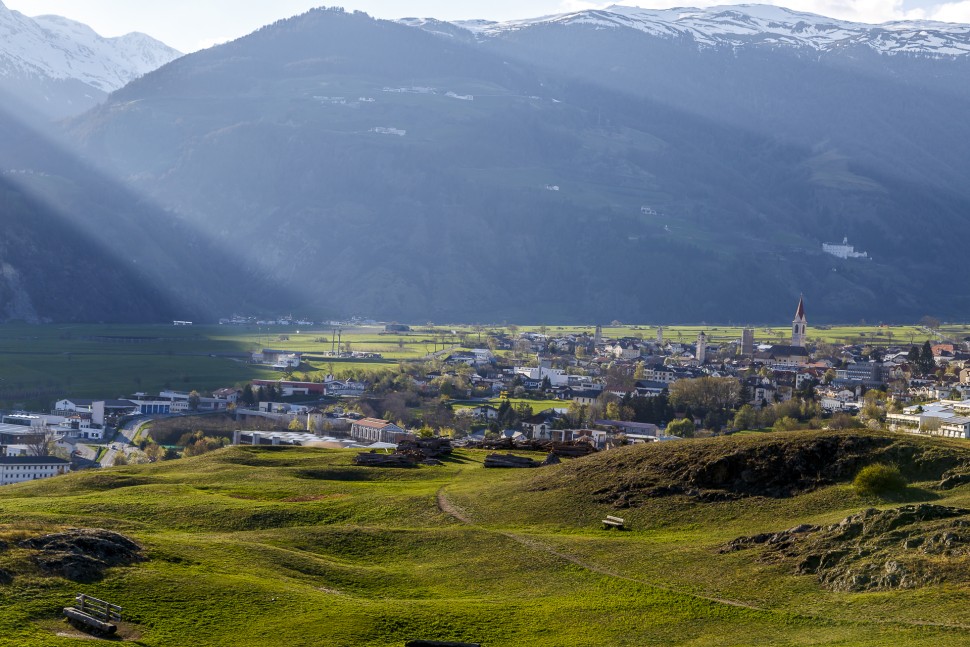
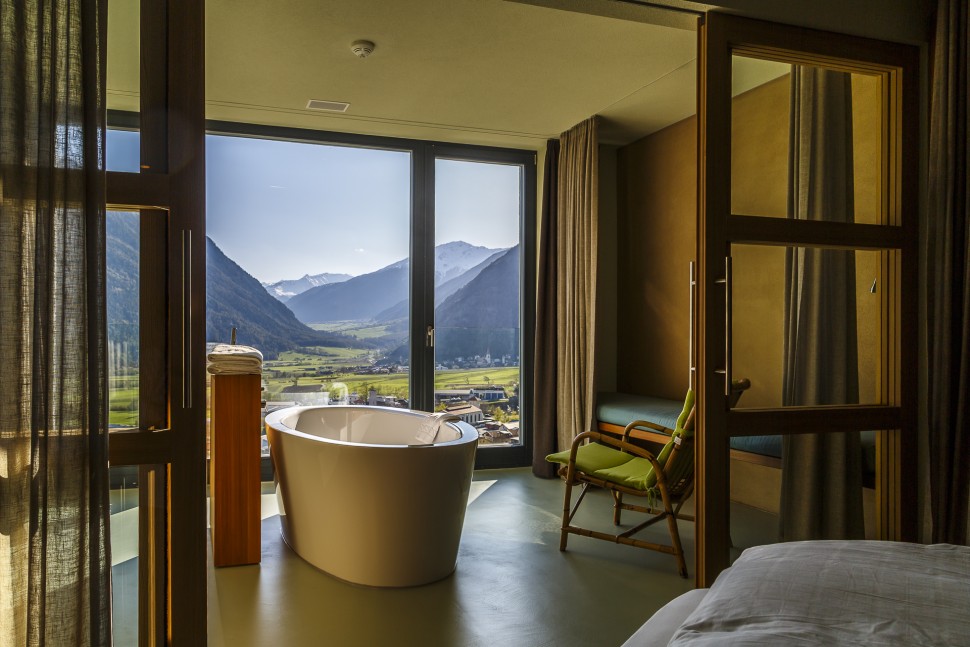
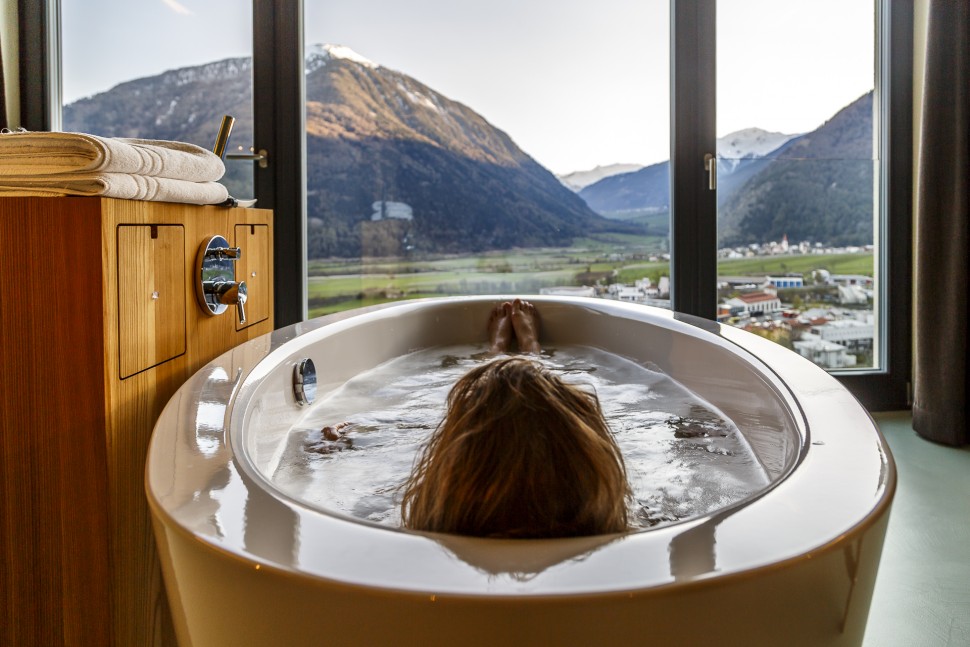
Bonus material for the way home
The route is effectively also the destination on the post bus ride over the Ofen Pass. There would be some worthwhile stops along the way. I would like to highlight one of them, as it is also closely related to Glorenza. The Benedictine monastery of St. Johann in Müstair was added to the UNESCO World Heritage List in 1983 due to the excellently preserved frescoes from the Carolingian period. The museum is open every day (closed in the morning on Sundays and public holidays). There is a guided tour for groups of six or more.
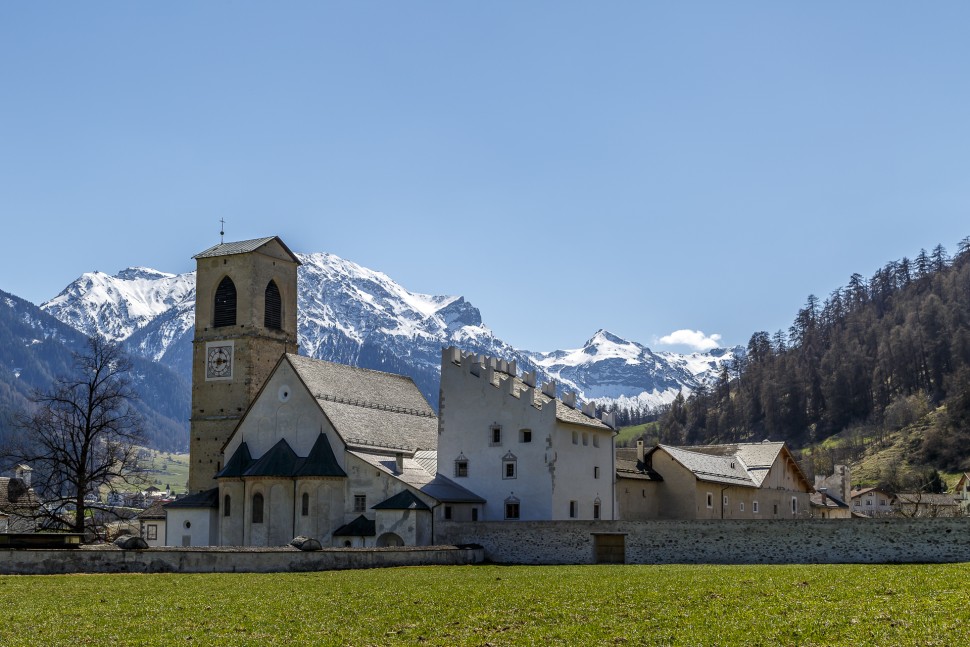
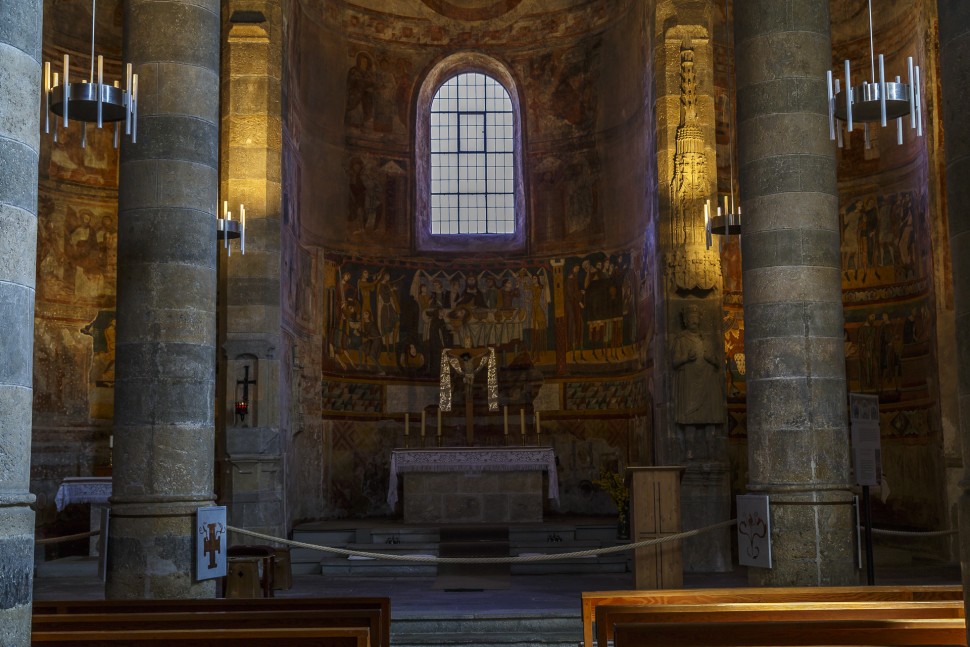
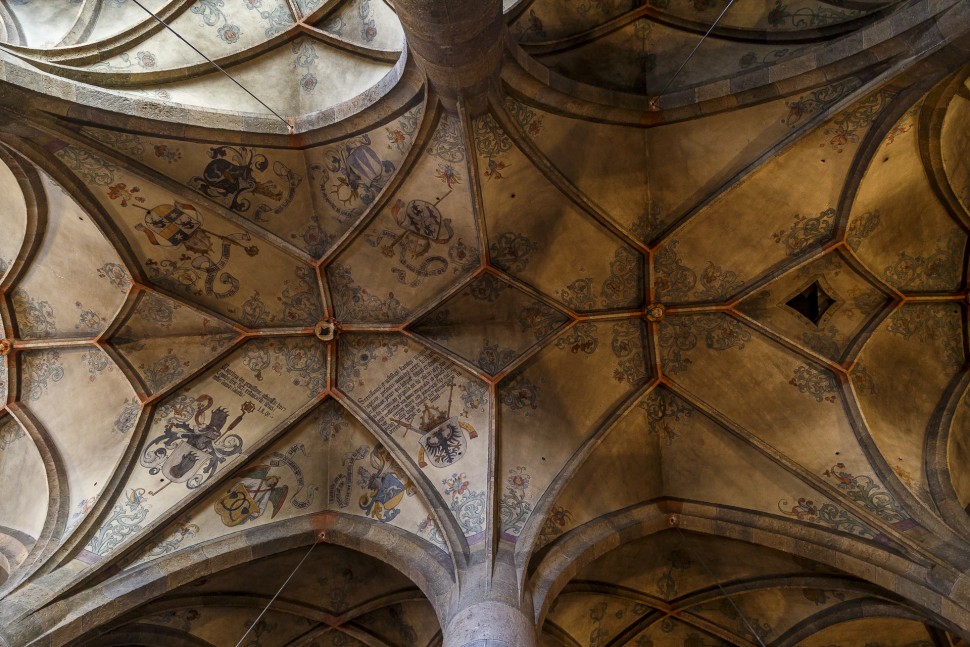
This trip was supported by the Vinschgau Valley – thank you very much for this! As always, my readers can be sure that I always represent my views and enthusiasm.


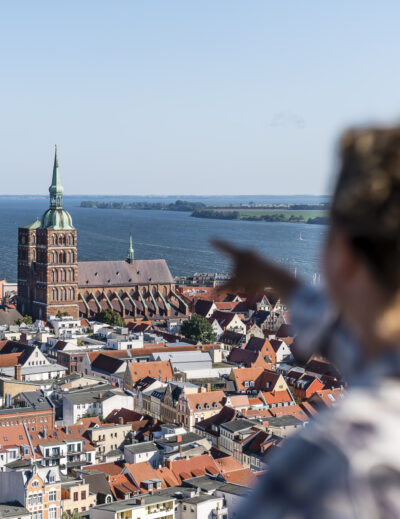

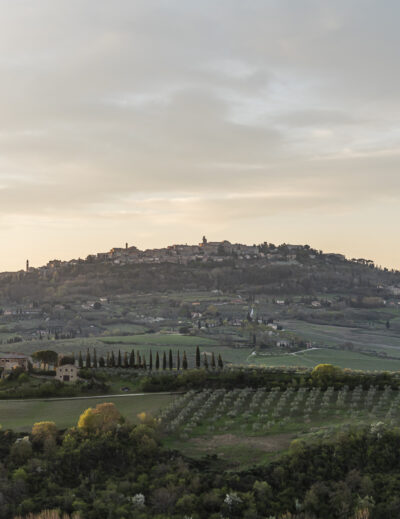
Leave a Reply